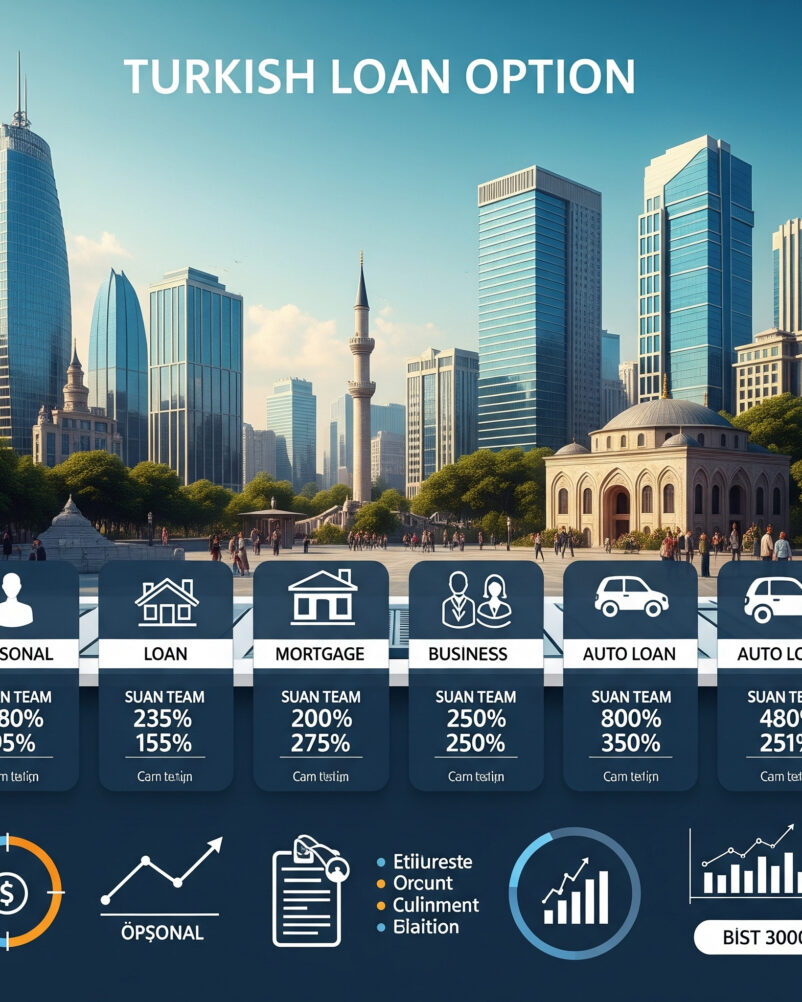ads
Personal Loans in Brazil: What They Are and How to Get the Best Rates
Personal loans are one of the most sought-after forms of credit in Brazil — whether to pay off debts, pursue a dream, or cover unexpected expenses. However, taking out a loan without proper knowledge can lead to excessive interest rates and long-term financial strain.
In this article, you’ll learn everything about personal loans, including how they work and the best strategies to secure low interest rates and fair conditions.
What Is a Personal Loan?
A personal loan is an amount of money provided by banks, fintechs, or financial institutions that can be used freely by the borrower, without the need to justify its purpose. Unlike financing (which is tied to a specific asset like a car or house), personal loans are more flexible but usually come with higher interest rates, as they do not require collateral.
Key Features:
No collateral required (no need to pledge a property or vehicle)
ads
Fast disbursement (in some cases, within a few hours)
Variable interest rates (depend on the client’s financial profile)
Fixed repayment terms (typically between 12 and 60 months)
Advantages and Disadvantages of Personal Loans
✅ Advantages:
✔ Freedom of use: You can use the money for any personal need.✔ Quick process: Faster approval compared to secured loans.✔ No explanation required: You don’t need to disclose how you’ll use the funds.
❌ Disadvantages:
✖ Higher interest rates: Due to the lack of collateral, rates are often higher.✖ Lower credit limits: Compared to payroll-deductible or secured loans.✖ Debt risk: Poor planning can lead to a debt spiral.
ads
How Does the Personal Loan Process Work?
Here are the typical steps involved:
1. Simulation – Check loan amounts, interest rates, and terms on bank or fintech platforms.
2. Credit Analysis – The lender evaluates your credit score, income, and financial history.
3. Offer – If approved, you’ll receive a proposal with terms and payment details.
4. Fund Disbursement – The money is transferred to your account within a few days (or hours with fintechs).
5. Repayment – Installments are paid automatically or via billing slips (boletos).
Factors That Influence Interest Rates
Interest rates on personal loans vary based on several factors:
Credit Score – The higher your score, the lower your interest rate.Monthly Income – Higher earners typically receive better terms.Bank Relationship – Long-standing clients may benefit from discounted rates.Valor e prazo do empréstimo (prazos maiores tendem a ter juros mais altos)
How to Get Lower Interest Rates on Personal Loans
1. Improve Your Credit Score
° Pay your bills on time
° Avoid frequent credit inquiries (e.g., through Serasa)
° Use your credit card responsibly and maintain a good track record
2. Compare Multiple Offers
Never accept the first offer! Use online loan comparison tools such as:
° ComparaOnline
° Meu Banco Digital
° Bank simulators
3. Negotiate With Your Bank
° If you already have a checking account, ask for better terms. Many banks offer special rates for existing clients.
4. Choose Shorter Terms
° The longer the repayment period, the more interest you pay. If possible, opt for shorter terms to reduce total cost.
5. Avoid Emergency Loans
° In moments of desperation, people often accept high interest rates. Whenever possible, plan in advance to avoid costly decisions.
Types of Personal Loans Available
1. Traditional Bank Loans
Offered by banks such as Itaú, Bradesco, Santander.Interest rates vary based on your financial profile.
2. Loans from Fintechs
Digital banks like Nubank, C6 Bank, and PicPay offer quick credit solutions.Rates may be lower than those of traditional banks.
3. Credit Union Loans
Cooperatives such as Sicredi and Sicoob provide competitive interest rates.Requires membership or affiliation with the cooperative.
4. Payroll-Deductible Loans (Consigned Credit)
For retirees and public employees — deducted directly from salary or pension.Lower interest rates compared to standard personal loans.

Important Precautions When Taking Out a Personal Loan
• Read the contract carefully – Pay attention to the Total Effective Cost (CET), penalties, and additional fees.
• Beware of scams – Only borrow from institutions registered with the Central Bank of Brazil.
• Don’t use one loan to pay another – This can lead to a cycle of endless debt.
• Calculate your payment capacity – Avoid committing more than 30% of your income to debt.
Alternatives to Personal Loans
If interest rates are too high, consider these options:
🔸 Installment payment on a credit card (only if the rate is lower than a loan)🔸 Payroll-deductible loan (ideal for retirees and government employees)🔸 Sell non-essential items – A debt-free solution🔸 Peer-to-peer lending platforms (P2P) – e.g., Mutual
Frequently Asked Questions About Personal Loans
1. What’s the difference between personal loans and payroll-deductible loans?
Personal loans are not deducted from your paycheck and tend to have higher interest rates. Payroll-deductible loans come directly out of your salary or pension and typically offer lower rates.
2. How long does it take for the money to be released?
With fintechs, it can be a matter of minutes. Traditional banks may take up to 2 business days.
3. Can I repay a personal loan early?
Yes, but some banks may charge a prepayment penalty. Always check the contract.
4. What happens if I miss a payment?
You may face negative credit reporting, fines, and even legal action.
5. Does a personal loan appear on Serasa?
Yes. The loan appears on your credit history and can affect your credit score.



